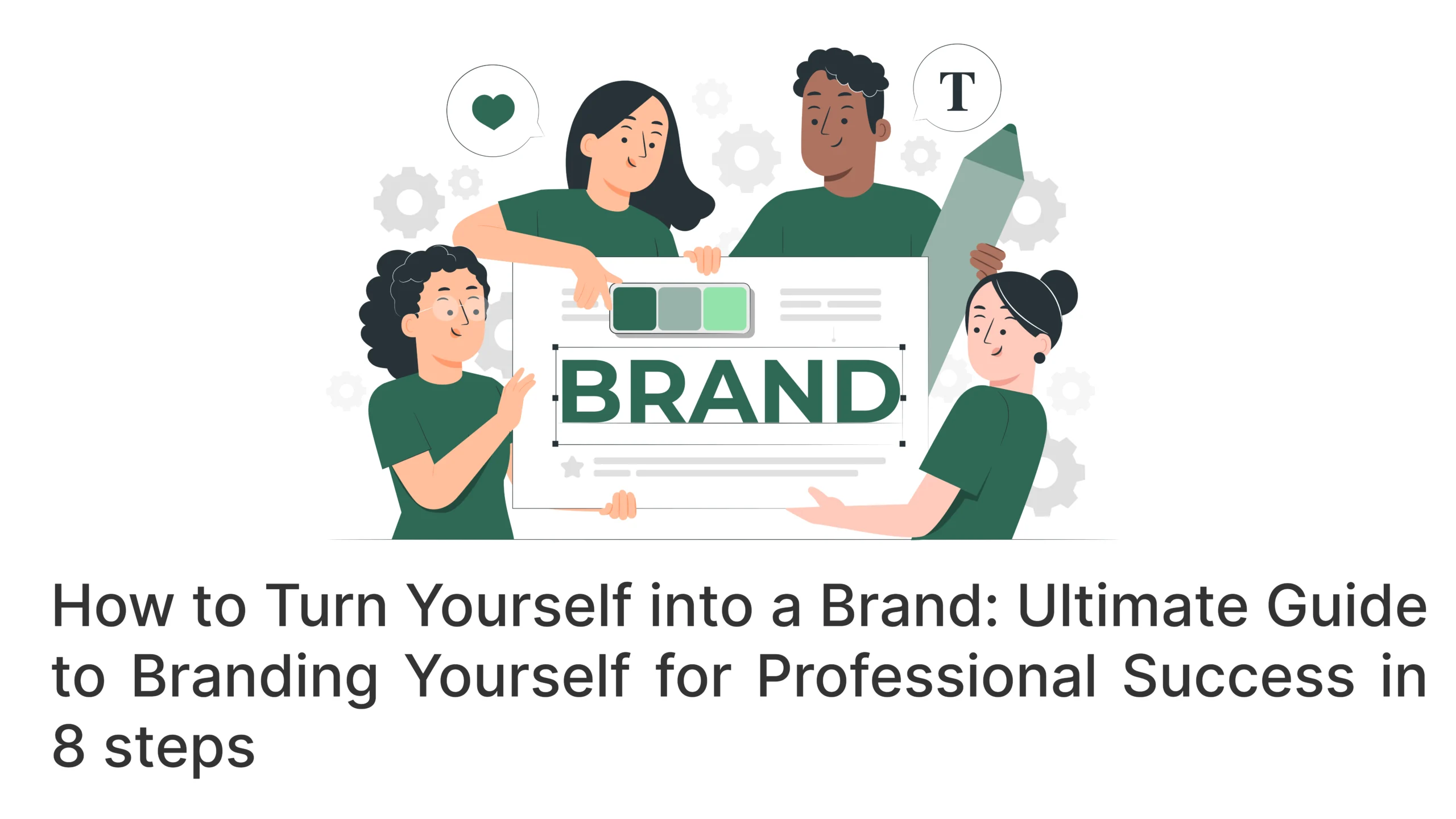
If you’re a founder juggling everything — building a product, talking to users, pitching to investors — you’ve probably wished...

In today’s hyper-connected world, it’s not enough to just have a good product or a great resume — people want to know who’s behind it. Early-stage founders, freelancers, and professionals often hit the same wall
In today’s hyper-connected world, it’s not enough to just have a good product or a great resume — people want to know who’s behind it. Early-stage founders, freelancers, and professionals often hit the same wall:
“How do I stand out?”
“Why are people choosing others over me?”
“How do I build trust when nobody knows me yet?”
The answer lies in personal branding. It’s not a buzzword — it’s how you position yourself so that people know what you bring to the table. Whether you’re pitching to investors, trying to land clients, or growing a community, your personal brand is the shortcut to trust, visibility, and long-term success. This guide will walk you through 8 practical steps to turn yourself into a brand — even if you’re just starting out.
What Is Personal Branding (And Why Should You Care)?
Branding yourself for professional success means turning your skills, values, personality, and story into a recognizable, trusted identity. It helps people remember you, relate to you, and ultimately — choose you.
The foundation of how to turn yourself into a brand starts with knowing what makes you unique. Your USP should answer the following questions, resonating with the audience of your domain:
Not everyone finds everything appealing. You must identify the ways to lure your audience – the ones that you connect, influence, and serve effectively to transform into a brand.
Think about your ideal audience’s goals, issues, hobbies, and demographics. Your branding efforts will be more targeted and effective if you know who you’re talking to.
A personal brand statement is a concise declaration that summarizes who you are, what you do, and how you add value. It’s a critical tool in branding yourself for professional success because it helps you communicate your purpose clearly and confidently.
Example:
“I help startups grow through innovative digital marketing strategies, combining data-driven insights with creative storytelling.”
This statement should be visible across your social media profiles, website, and any professional bios.
To turn yourself into a brand, invest in building a professional, consistent online profile that reflects your brand identity.
People connect with stories, not just products or services. Sharing your journey, challenges, successes, and lessons makes your brand relatable and memorable.
When you turn yourself into a brand, authenticity becomes your greatest asset. Share content that reflects your values, insights, and personality, whether through blogs, videos, podcasts, or social posts.
Networking isn’t just about exchanging business cards; it’s about building genuine connections.
Engage with professionals in your industry, attend events, join online groups, and collaborate on projects. This interaction reinforces your brand and opens doors to new opportunities
Networking isn’t just about exchanging business cards; it’s about building genuine connections.
Engage with professionals in your industry, attend events, join online groups, and collaborate on projects. This interaction reinforces your brand and opens doors to new opportunities
Brands are not static—they grow and adapt. Stay curious and invest in continuous learning to sharpen your skills and update your brand as you evolve. Ask for feedback, analyze your impact, and tweak your approach to stay relevant and authentic.
Understanding how to establish your brand gives you a clear edge in a congested market. Because:
Learning how to turn yourself into a brand is more relevant today than ever before. Remember, branding yourself for professional success is a continuous journey—stay true, stay consistent, and watch your brand become your identity.

If you’re a founder juggling everything — building a product, talking to users, pitching to investors — you’ve probably wished...

I recently met a founder at a co-working station who said that she was struggling to build her new MVP....

You’ve got a product people need. You are aware of your audience. But who has time to manage campaigns, monitor...